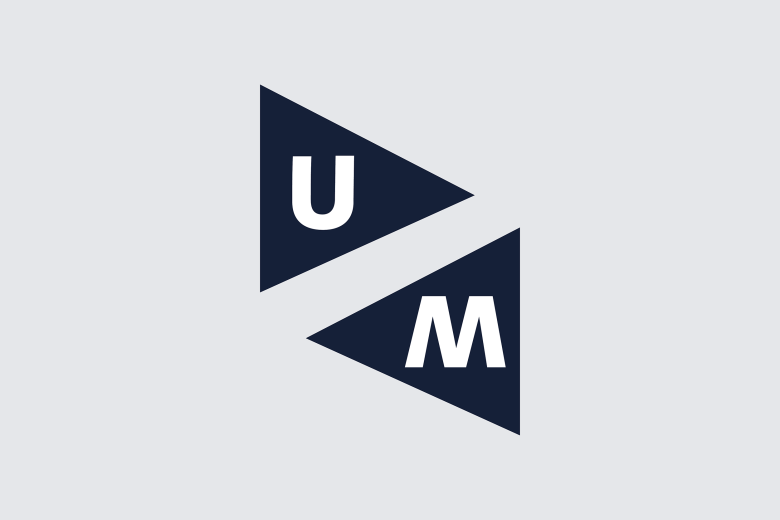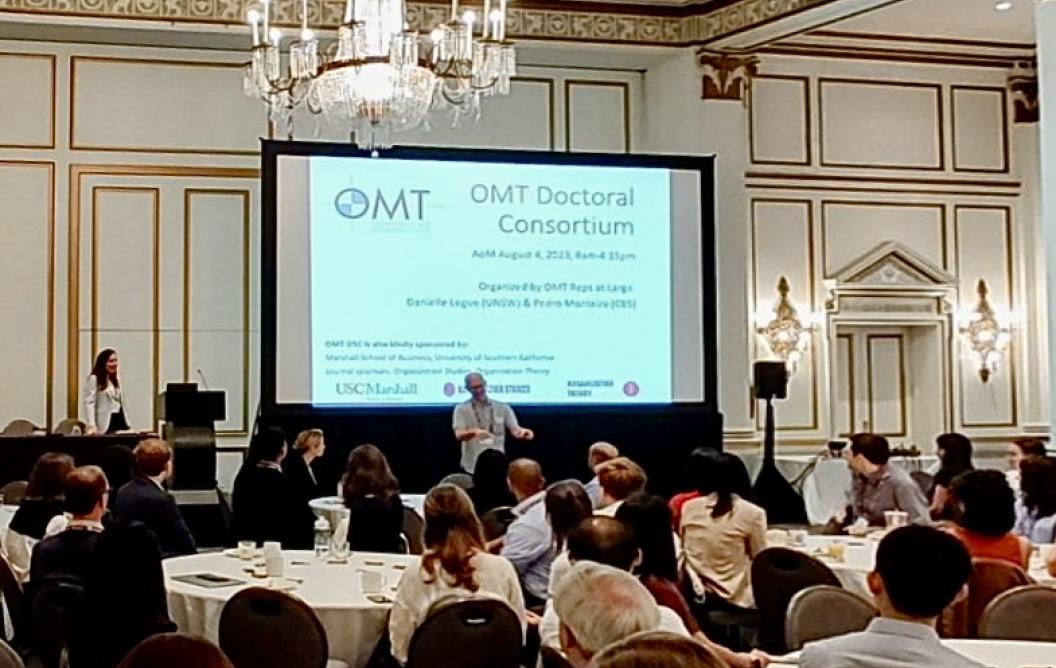Impact investors connecting near and distant future - Presenting work at the AOM 2023 in Boston.
At the beginning of August 2023, I participated in the Academy of Management (AOM) annual meeting in Boston, Massachusetts, USA. This conference is the largest gathering of management and organization scholars in the world, with more than 10 000 participants and more than 2 3000 sessions. Navigating this as a PhD student was evidently a challenge, but attending the conference was highly valuable.
During the 5-day conference, I presented my work, participated to a doctoral consortium, got feedback on my upcoming projects on paper development workshops, attended to numerous sessions on interesting topics, got career development advise, and made connections to scholars around the world. For instance, one paper development workshop I attended was exploring the concept of net zero, and how it somewhat refers to a state in the future, which needs continuous actions in the now beyond just pledges for some time in the future. We explored how this gap could be closed and what kind of conceptual approaches are needed. As the conference includes topics from all different domains of organisation and management studies, I was able to broaden my perspective by attending sessions outside of my expertise, such as sessions on crowdfunding, platform governance, or artificial intelligence.
The paper I presented was part of a session called “Studying Social Impact: The Role of Investors, Producers, and Other Intermediaries” in which we, indeed, delved into social impact research from different perspectives. My paper called “Creating Spaces to Translate between Near and Distant Futures” is focused on how impact investors are able to connect distant future goals to the near future actions. By distant future, paper refers to the goals that are outside of something that can be derived from the now (i.e., possibilities for the future), whereas near future goals are rather something actors can see as predictable (i.e., probabilities for the future). So, the difference is not necessarily just a timeline difference, but rather a more nuanced way to think and enact the futures. This paper analyses how some investors are rather overtly focusing on their decision-making to either near future (e.g., output measures and trusting foresights to tell the future), or distant future (e.g., trusting their ideas or “gut feeling”). Whereas some impact investors are able to connect the distant future goals to the near future, as well as to ‘the now’. In other words, their actions are affected by their distant future goal, and at the same time, the distant future goals are affected by the situated activity.
Overall, the conference was a great experience. I got good feedback on my current working paper, as well as upcoming projects, and left with inspired mind to continue working on the important topics such as sustainability.
Abstract:
Creating Spaces to Translate between Near and Distant Futures
Research on organisations and future-making has tended to treat the future in undifferentiated way. Prior studies have mainly focused on the conceptualisations of the near future, with limited exploration of how organisations imagine distant futures and how they connect distant futures with near futures and the present. This paper aims to understand the future in a more nuanced way by unpacking how organisational actors translate between near and distant futures. To shed light on these phenomena, we conduct interviews with 40 impact investors in Europe to understand how they engage with near and distant futures as they make impact investment decisions. The findings reveal how some organisations get stuck within near or distant futures and shows the ways in which other actors create and find spaces to translate between near and distant future. Our paper contributes to the understanding of temporality and future-making in organisational studies by illustrating how actors create spaces for hyperprojectivity to imagine alternative pathways of the future and escape the divides between the present, near and distant future. We unpack the role of foresight and backcasting as reflective processes to translate between current temporal structures and the near and distant future. We also highlight the role of utopian and dystopian thought in generating distant future imaginaries.
Read more here: https://journals.aom.org/doi/abs/10.5465/AMPROC.2023.16123abstract
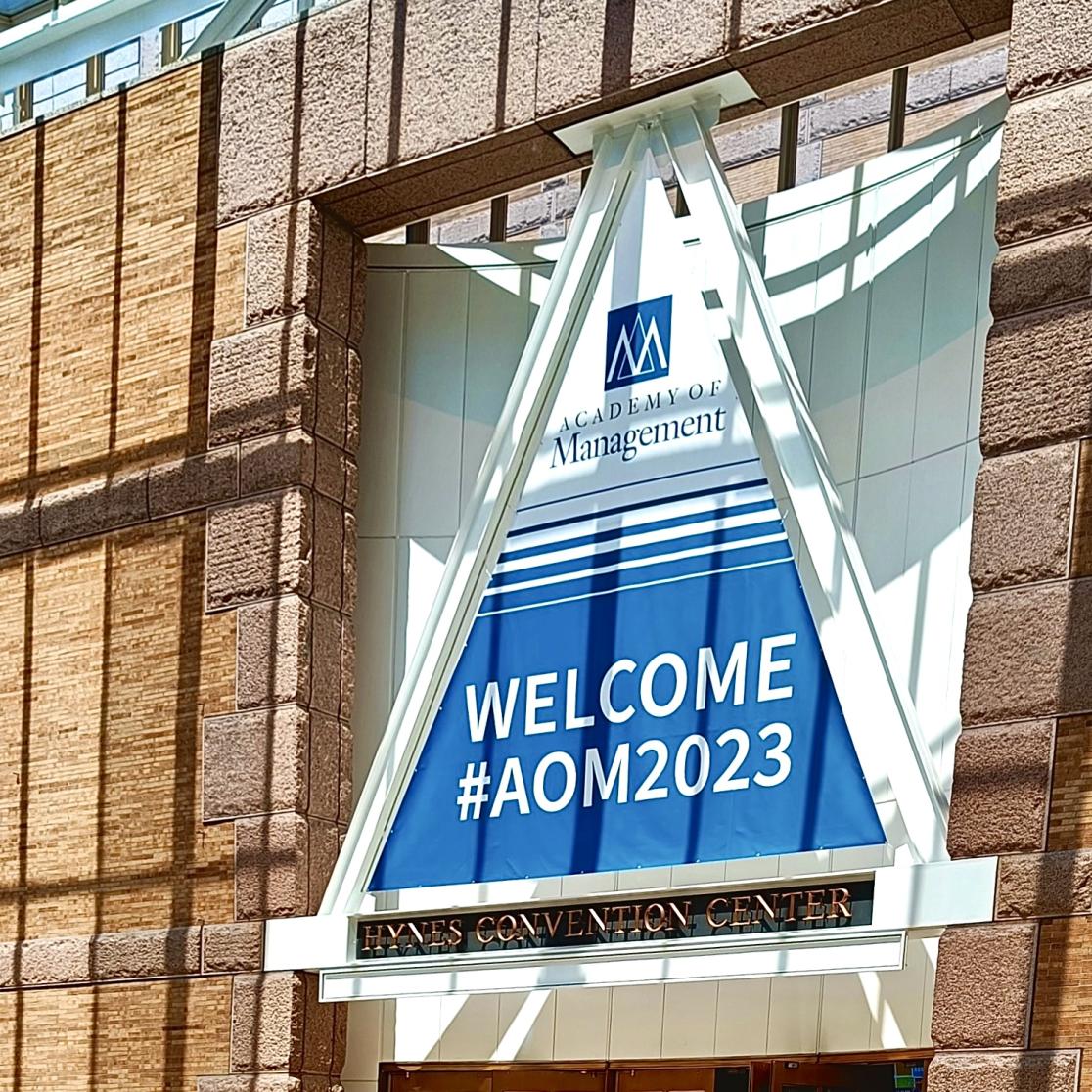
Also read
-
Inaugural lecture Jan Willem van Prooijen
What drives people to embrace radical conspiracy theories, sometimes with far-reaching consequences for society? During his inaugural lecture on Friday 27 June, Prof. Dr. Jan Willem van Prooijen (radicalisation, extremism, and conspiracy thinking) will address this urgent question.
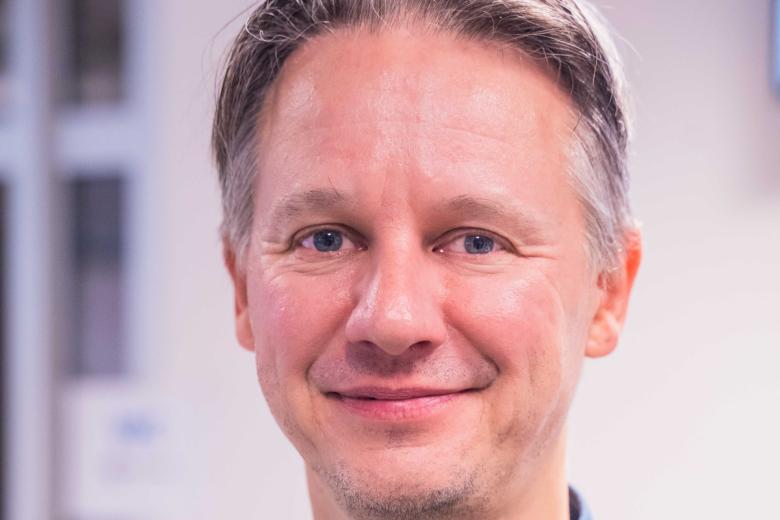
-
Update 25 June
Last night a UM building at the Bouillonstraat was daubed with paint and slogans. A sad expression of vandalism. UM has filed a report.
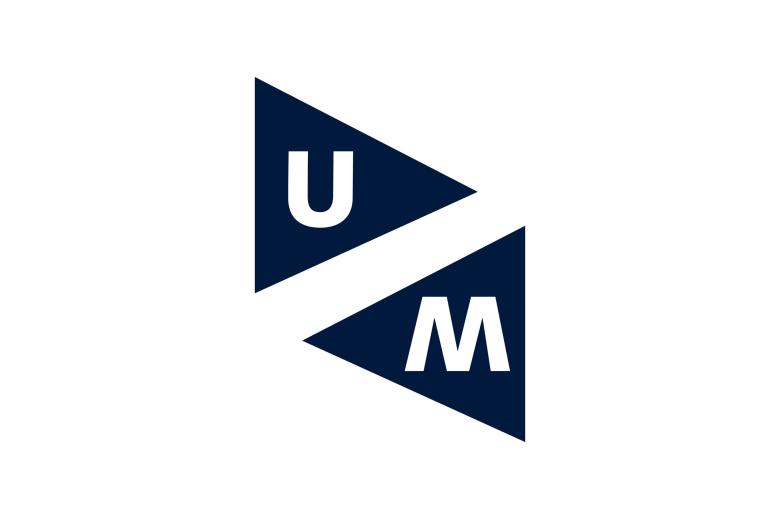
-
A night in Tehran: rose water, saffron and pistachio
Niloofar Tahmasebi Birgani, assistant professor at the MERLN research institute, was born in southern Iran. It was only when she moved to the Netherlands in 2010 for her PhD research that she began cooking for herself. Instead of recipes, she uses intuition and memory to bring her mother’s and...
